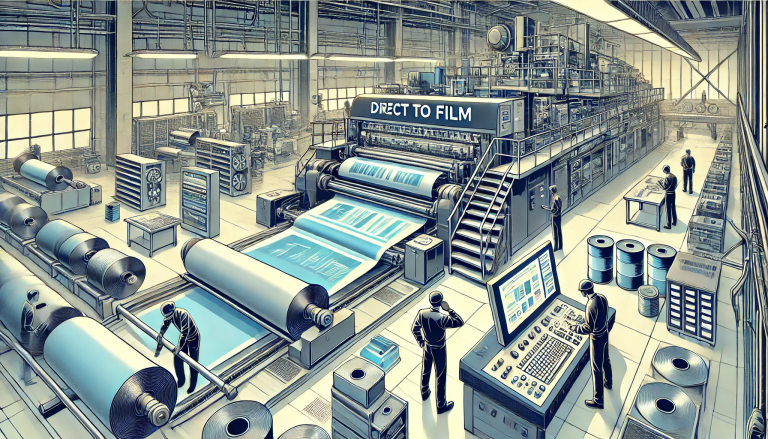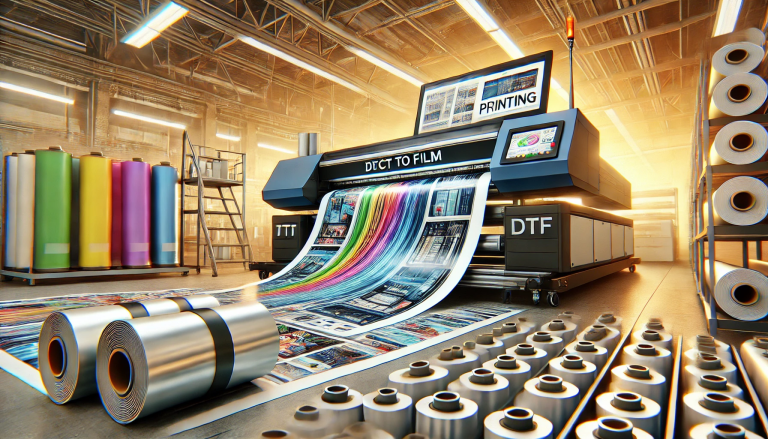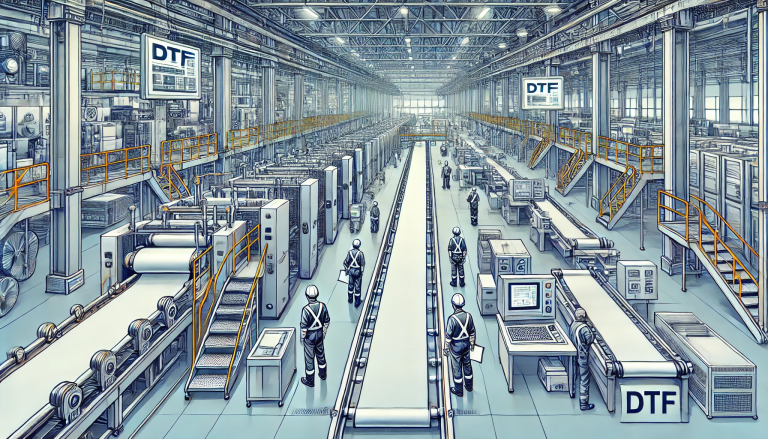“Peel away the hassle with Does the DTF Sheet Peel!” -MAXDTF- DTF Film Transfer Manufacturer, DTF A3 sheet Supplier, Made in china
Direct-to-Film (DTF) printing has revolutionized the garment decoration industry by offering a versatile, cost-effective, and high-quality solution for printing on fabrics. One of the key components of the DTF printing process is the DTF sheet or DTF film, which serves as the medium for transferring the printed design onto the substrate. A common question that arises is: Does the DTF sheet peel? This article explores the peeling process, its importance, and how it works in the DTF printing workflow.
What is a DTF Sheet (Film)?
A DTF sheet, also known as DTF film, is a specially designed adhesive-coated film used in the DTF printing process. It acts as a temporary surface for holding the printed design before transferring it to the final substrate, such as a T-shirt or fabric. The film is coated with a layer of adhesive that ensures the printed ink adheres to the fabric during the transfer process.
The DTF film is typically made of a transparent material that allows the printer to print high-resolution, full-color designs on its surface. After printing, the film is processed to prepare it for transfer.
Does the DTF Sheet Peel?
Yes, the DTF sheet does peel—this is an integral part of the DTF printing process. The peeling process is referred to as “cold peel,” and it occurs after the printed design has been transferred to the fabric or substrate. Here’s a step-by-step explanation of how the peeling process works in DTF printing:
- Printing the Design: The desired design is printed onto the DTF sheet using a specialized DTF printer. The printer uses water-based inks, which are then dried onto the film.
- Adhesive Application: After the ink dries, a layer of adhesive is applied to the film. This adhesive ensures that the printed design bonds securely to the fabric during the transfer process.
- Transfer to Substrate: The DTF sheet with the printed design is placed onto the target substrate (e.g., a T-shirt) using a heat press or transfer machine. Heat and pressure are applied to activate the adhesive and transfer the design to the fabric.
- Peeling the Film: Once the transfer is complete and the substrate has cooled, the DTF sheet is peeled away from the fabric. This is the “cold peel” process, as it occurs at room temperature without the need for additional heat.
The key takeaway is that the DTF sheet is designed to peel away cleanly after the transfer, leaving the printed design securely on the fabric.
Why is the Peeling Process Important?
The peeling process is a critical step in the DTF printing workflow for several reasons:
- Clean Transfer: The peeling process ensures that the printed design is transferred cleanly to the fabric without any residue from the DTF sheet remaining on the substrate.
- Durability: The adhesive on the DTF sheet ensures a strong bond between the printed design and the fabric, resulting in a durable and long-lasting print.
- Cold Process: The “cold peel” method eliminates the need for additional heat during the peeling process, making it suitable for delicate fabrics or those that may be damaged by high temperatures.
- Versatility: The ability to peel the DTF sheet easily allows for quick and efficient production, reducing the time and effort required for garment decoration.
Why Doesn’t the DTF Sheet Stick to the Fabric?
The DTF sheet is designed to release easily after the transfer process. This is achieved through the following factors:
- Specialized Adhesive: The adhesive on the DTF sheet is formulated to bond with the fabric during the transfer process but to release cleanly once the heat and pressure are applied.
- Cold Peel Technology: Unlike traditional heat transfer methods, the DTF sheet uses a cold peel process, where no additional heat is required for peeling. This ensures that the film does not re-stick to the fabric after transfer.
- Quality of the Film: High-quality DTF sheets are engineered to have the right balance of adhesion and release properties, ensuring a smooth and clean peel.
Common Issues with Peeling and How to Fix Them
While the peeling process is straightforward, there are some common issues that may arise:
- Incomplete Transfer: If the adhesive is not properly activated, the design may not transfer completely, leaving parts of the DTF sheet stuck to the fabric.
- Solution: Ensure that the heat press settings (temperature, pressure, and time) are correct for the specific DTF sheet and fabric.
- Residue Left on Fabric: In some cases, a small amount of adhesive residue may remain on the fabric after peeling.
- Solution: Use high-quality DTF sheets with proper adhesive formulations to minimize residue. Clean the heat press regularly to prevent contamination.
- Delicate Fabrics: For very delicate fabrics, the peeling process may cause slight damage or distortion.
- Solution: Test the DTF sheet and transfer process on a small area of the fabric before proceeding with the full design.
- Poor Quality DTF Sheets: Low-quality DTF sheets may not peel cleanly, leading to uneven transfers.
- Solution: Invest in high-quality DTF sheets from reputable manufacturers to ensure a reliable peeling process.
Conclusion
Yes, the DTF sheet does peel, and this is a fundamental part of the DTF printing process. The cold peel method ensures a clean, durable, and high-quality transfer of the printed design onto the fabric. Understanding the peeling process and addressing potential issues can help produce professional-grade results in DTF printing.
For businesses and individuals exploring DTF printing, mastering the peeling process is essential to achieving consistent and high-quality outputs. With the right materials, equipment, and techniques, DTF cold peel film can deliver exceptional results, making it a preferred choice for garment decoration and customization.






